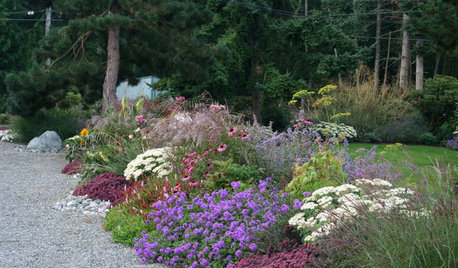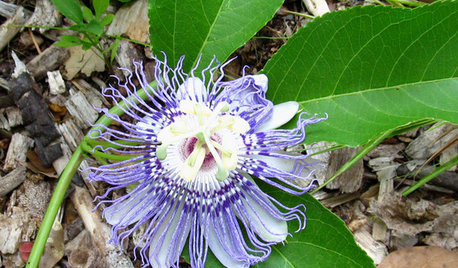Do you do this to force flower and fruit production? Nurseries do
meyermike_1micha
13 years ago
Featured Answer
Comments (28)
greenman28 NorCal 7b/8a
13 years agomeyermike_1micha
13 years agoRelated Professionals
Milwaukee Landscape Architects & Landscape Designers · White Oak Landscape Architects & Landscape Designers · Aurora Landscape Contractors · Aloha Landscape Contractors · Athens Landscape Contractors · Cordele Landscape Contractors · Stallings Landscape Contractors · West Orange Landscape Contractors · Atlanta Window Contractors · Coral Terrace Window Contractors · Miami Springs Window Contractors · Carlsbad Fence Contractors · Diamond Bar Fence Contractors · Peoria Fence Contractors · Woodland Hills Fence Contractorsjojosplants
13 years agosusan2010
13 years agogreenman28 NorCal 7b/8a
13 years agogreenman28 NorCal 7b/8a
13 years agosjkly
13 years agodrudadunat
13 years agoSuzi AKA DesertDance So CA Zone 9b
13 years agogreenman28 NorCal 7b/8a
13 years agojojosplants
13 years agogreenman28 NorCal 7b/8a
13 years agojojosplants
13 years agogtippitt
13 years agoSuzi AKA DesertDance So CA Zone 9b
13 years agomeyermike_1micha
13 years agoSuzi AKA DesertDance So CA Zone 9b
13 years agomeyermike_1micha
13 years agomeyermike_1micha
13 years agosjkly
13 years agovetivert8
13 years agoSuzi AKA DesertDance So CA Zone 9b
13 years agocalistoga_al ca 15 usda 9
13 years agojojosplants
13 years agohummersteve
9 years agowoodlandpatio
9 years agohummersteve
7 years ago
Related Stories

HOUSEPLANTSHow to Force Amaryllis Bulbs Indoors
Enjoy vibrant red blossoms even as gardens turn snowy white, by teaching this hardy repeat performer to ignore the calendar
Full Story
GROUND COVERSGround Force: 10 Top Ground Covers for Your Garden
Protect your soil from weeds and drought this summer with a living mulch of ground covers
Full Story
GARDENING AND LANDSCAPINGCrazy for Fruit Trees
Whether a single citrus or a mini apple orchard, even the smallest landscape space can bear deliriously delicious fruit
Full Story
FARM YOUR YARDIf You Have Room for Only One Fruit Tree ...
Juice up a small garden with one of these easier-care or worth-the-effort fruit trees for a mild climate
Full Story
GARDENING GUIDESGreat Design Plant: Grow Blueberries for Their Fruit and More
Eastern gardeners should consider growing blueberry plants for their delicious fruits, bee-friendly spring blooms and brilliant fall foliage
Full Story
FALL GARDENING5 Fall Fruits You Can Grow in Containers
Brighten your porch or patio with a potted pomegranate, kumquat, blueberry bush or another great fall fruit
Full Story
MOST POPULARHow to Design a Colorful Flower Bed
Fall planting: Delight the eye through 3 seasons with bright flowers placed just right. Late summer is the time to plan
Full Story
FALL GARDENING9 Deer-Resistant Flowering Shrubs to Plant This Fall
These exquisite shrubs will attract your attention but won’t tempt the deer that roam your neighborhood at night
Full Story
EDIBLE GARDENSSummer Crops: How to Grow Squash
Almost foolproof and with cheerful flowers, squash comes in a wide range of varieties to plant in spring
Full Story
GARDENING GUIDESGreat Design Plant: Passiflora Incarnata
Enjoy the amazing flowers and edible fruit of U.S. native Passiflora incarnata (also known as maypop) — the butterflies sure do
Full StoryMore Discussions








Suzi AKA DesertDance So CA Zone 9b